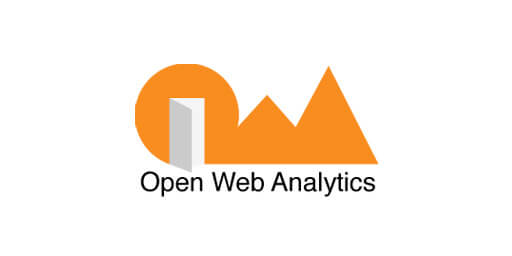Open Web Analytics — Self-Hosted Visitor Tracking
Open Web Analytics (OWA) is an open-source package that tracks how users move through a site. It doesn’t try to compete with huge SaaS platforms on polish; the draw here is ownership. Data stays on your servers, in your database, and under your policies. For teams that need numbers on visitors but can’t or won’t send that data to Google Analytics, OWA fills the gap.
Why It Matters
Plenty of admins want to know which pages actually get used, how people arrive, and what paths they take. The problem is that cloud-based tools are often blocked by compliance or privacy rules. OWA answers the same questions but keeps the results in-house. It shows page hits, referrers, user sessions, even goals like “downloaded a file” or “completed a form,” and all of it lives in a database you manage.
How It Works
The setup is simple: drop a JavaScript tracker into pages, much like with commercial analytics. Each request sends details — session ID, source, actions — into the backend. OWA writes that into MySQL and then uses a PHP front end to generate reports. The dashboard isn’t flashy, but it does the job: traffic summaries, user flow charts, recurring visitor stats. If needed, applications can also push events straight into OWA over its API, so tracking isn’t limited to just web pages.
Deployment / Installation Guide
– Needs Apache or Nginx with PHP and a MySQL database.
– Install process is like a CMS: copy files, connect the DB, finish setup in a browser.
– Add the tracker snippet to site templates, or use ready plugins for WordPress and MediaWiki.
– One instance of OWA can follow multiple websites at once.
Integrations
– Plugins for WordPress and MediaWiki.
– REST API for logging events from other apps.
– Data export for external BI or dashboards.
– Email digests for quick summaries.
Real-World Applications
– Internal portals where managers want usage data but SaaS isn’t allowed.
– Public websites for organizations that need analytics but must control visitor data.
– Academic projects measuring traffic without exposing information outside.
– Hosting companies adding lightweight analytics for clients.
Limitations
– Interface feels dated compared to cloud competitors.
– Under heavy load, database tuning becomes necessary.
– Smaller plugin ecosystem than Matomo or Google Analytics.
– Development pace depends on community input.
Snapshot Comparison
| Tool | Role | Strengths | Best Fit |
| Open Web Analytics | Self-hosted analytics | Privacy control, local data ownership | Teams avoiding SaaS analytics |
| Matomo | Web analytics | Mature, feature-rich, plugins | Enterprises replacing GA |
| Google Analytics | Cloud service | Polished UI, advanced reporting | Businesses fine with cloud storage |
| GoAccess | Log analyzer | Fast, CLI/HTML-based reports | Admins working from server logs |

